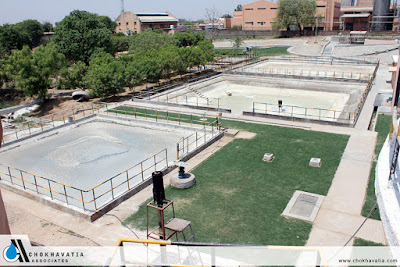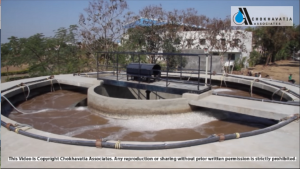There are certain important factors that one should take into consideration while designing an effluent treatment plant. This article will discuss about etp plant design.
The characteristics of the effluent that you should consider are the flow of the effluent along with the biological and chemical properties that have the potential to affect the quality of the effluent.
First of all, decide on the size of the effluent treatment plant design; it actually depends on the inflow into the plant estimated through cubic meters / day almost everywhere in the world. It is necessary to get the right number in terms of the inflow as this will directly influence the hydraulic computations. This also helps to determine the correct size of the conveyors and pipes.
Also, take proper precautions to take into consideration the increase in effluent in foreseeable future. The effluent treatment plant design should be scalable to handle the increasing inflow.
There are also possibilities of seasonal variations that affect the size of inflow. For instance, the inflow could be more during the day than at night. Often time, the inflow is exceedingly more during rainy seasons. You may need to stabilize the inflow of the content so that you may protect the functioning of the treatment process downstream.
The stabilization of effluent can be achieved through the use of equalization tanks. Another benefit of the equalization plant is to decrease the toxic content by mixing with less toxic effluent in the equalization tank.
Also, ensure that the effluent treatment plant handles shock load pretty well during festival times like Christmas, New Year or Ramzan.
So far we discussed about the inflow of effluent into the plant. Now, some physical characteristics of the effluent also influence in the design of the plant. For example, the color of the effluent, temperature and odor influence effluent plant design.
Temperature is an important aspect while treating the effluent. Unfavourable temperature can affect the biological and chemical process of treating the effluent. It can affect the solubility of important gases such as oxygen. A higher temperature promotes various reactions and also supports the solubility of gases like oxygen.
If the temperature of the effluent is maintained at 35 degree Celsius the biological and chemical process may be slowed down or become inactive. In such cases, building the plant underground or introducing other measure like anaerobic digestion to maintain high temperature need to be considered.
Presence of elements like inorganic chemicals, toxins and heavy metals need special treatment process.
The other factors that need to be considered are the odor and color of the effluent; they indicate the absence of pre-treatment before discharging into the sewerage network.
In case the effluent water is of low quality, complex design may be required.


No comments:
Post a Comment